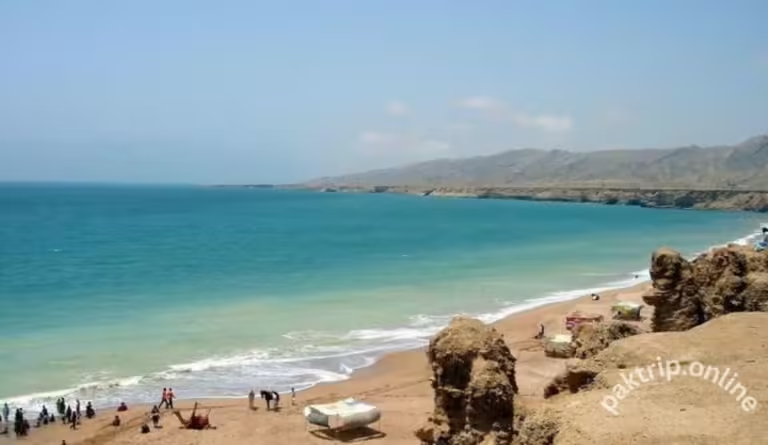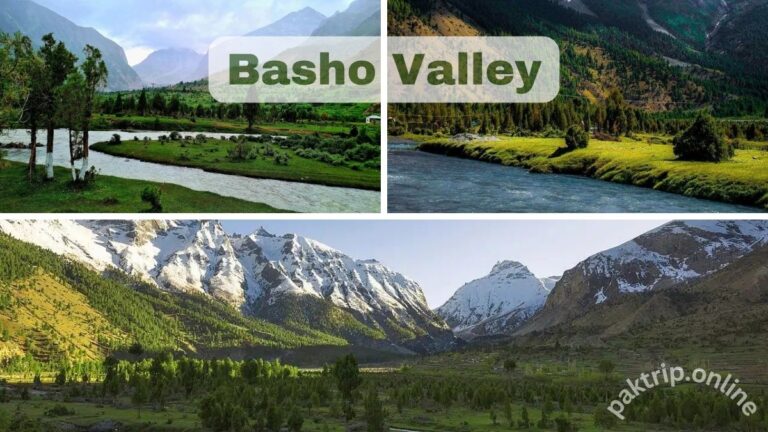Baltit Fort Hunza: A Journey Through History and Beauty
Nestled in the serene Hunza Valley of Gilgit-Baltistan, Pakistan, Baltit Fort is a symbol of history, culture, and architectural brilliance. Perched atop a rocky hill in Karimabad, the fort offers breathtaking views of the surrounding snow-capped peaks and lush valleys. With a history spanning over 700 years, Baltit Fort is more than just a building it’s a gateway to the rich traditions and stories of the Hunza region.
This article explores Baltit Fort’s fascinating history, unique architecture, cultural importance, and its role as a major tourist attraction.
A Glimpse Into Baltit Fort’s History
Baltit Fort dates back to the first century CE, though its current structure has been shaped by centuries of renovation and rebuilding. Originally constructed as a defensive stronghold, it served as the seat of the rulers of Hunza, known as Mirs, for over 700 years.
The fort’s strategic location allowed the rulers to monitor the valley below for any potential threats. Its design reflects a blend of Tibetan, Ladakhi, and Central Asian architectural styles, a testament to the cultural exchanges of the region.
In the 16th century, the fort underwent a major transformation when a prince of Hunza married a princess from Baltistan. The princess brought skilled Balti artisans as part of her dowry, introducing design elements to the fort inspired by the Potala Palace in Lhasa, Tibet.
The ruling family lived in Fort until 1945 when they relocated to a new residence. Sadly, the fort gradually fell into neglect and disrepair in the years that followed. Recognizing its historical value, the Aga Khan Trust for Culture initiated a six-year restoration project in 1990, preserving this cultural treasure for future generations.
The Unique Architecture
Baltit Fort is a three-story structure built with stone, wood, and mud plaster, showcasing the traditional architecture of Hunza. The structure’s design seamlessly blends practicality with intricate artistry, showcasing the exceptional craftsmanship of its era.
1. Ground Floor
The ground floor houses storage rooms and pathways connecting different parts of the fort. The small wooden doors were designed to keep out the harsh winter winds while providing security against intruders.
2. Middle Floor
This level features a large open hall used during the winter months. Here, you’ll find a traditional kitchen with a fireplace, meeting rooms, and storage spaces for grains and supplies.
3. Top Floor
The top floor served as the royal residence, complete with bedrooms, guest rooms, and a reception area. The intricate wooden carvings on the doors and ceilings add to the fort’s charm. This level also includes a courtyard with stunning views of the Hunza Valley, perfect for royal gatherings and events.
Cultural Significance
Baltit Fort is more than an architectural wonder; it is a symbol of the cultural heritage of Hunza. The fort served as the administrative and social hub of the region, influencing the lives of its inhabitants for centuries.
Inside the fort, visitors can explore a small museum that houses artifacts from the Hunza Valley, including traditional clothing, weapons, jewelry, and household items. These exhibits provide a glimpse into the region’s rich history and way of life.
The fort also embodies the harmonious fusion of diverse cultures in the region. The influence of Tibetan, Ladakhi, and Central Asian styles in its design speaks to the diverse cultural exchanges that shaped Hunza’s history.
Preservation Efforts
By the mid-20th century, the Fort was at risk of collapse due to neglect. In 1990, the Aga Khan Trust for Culture stepped in to restore the fort through its Historic Cities Support Programme.
The restoration took six years and involved experts from around the world. They used traditional materials and techniques to preserve the fort’s original character while ensuring its structural stability. The project not only saved the fort from ruin but also turned it into a museum and cultural center.
Today, Fort stands as a shining example of successful heritage conservation. It continues to attract visitors from around the globe, offering a window into the past while contributing to the region’s tourism economy.
Tourism at Fort
Baltit Fort is one of Pakistan’s top tourist destinations, drawing thousands of visitors each year. Its picturesque location, historical significance, and cultural appeal make it a must-visit attraction.
1. Explore the Museum
The museum inside the fort displays artifacts that beautifully reflect Hunza’s rich history and culture. Ancient weapons and royal garments each hold a tale of their own.
2. Enjoy the Views
The fort’s elevated position offers panoramic views of the Hunza Valley, including the majestic Rakaposhi and Ultar Sar peaks. The breathtaking scenery is a favorite among photographers.
3. Attend Cultural Events
The fort hosts various cultural events, including festivals and traditional music performances. These events provide an opportunity to experience Hunza’s vibrant culture firsthand.
4. Dine with a View
Visitors can enjoy a meal or a cup of coffee at the Fort Café, which offers a perfect blend of local cuisine and stunning views of the valley.
Practical Tips for Visiting
If you’re planning a visit to Fort, here are some tips to make the most of your experience:
Best Time to Visit: The best time to visit is from April to October, as the weather during these months is mild and enjoyable.
Opening Hours: The fort is open daily, from 9:00 AM to 5:00 PM in summer and 9:30 AM to 4:00 PM in winter.
Guided Tours: A guided tour is recommended to learn about the fort’s history and cultural significance.
Photography: Photography is allowed, but you’ll need to purchase a separate pass for it.
Comfortable Clothing: Wear comfortable shoes and clothing, as exploring the fort involves climbing stairs and walking through narrow passages.
Nearby Attractions
While in Karimabad, visitors can explore other attractions in the Hunza Valley, including:
Altit Fort: An 1100-year-old Altit Fort just a short drive from Baltit Fort.
Eagle’s Nest: A vantage point providing breathtaking panoramic views of the valley.
Passu Cones: Majestic mountain peaks that captivate photographers’ imaginations.
Attabad Lake: A stunning turquoise lake created by a landslide in 2010.
Conclusion
Baltit Fort is more than just a historical monument; it stands as a vibrant testament to the rich culture and heritage of Hunza. From its fascinating history to its unique architecture and breathtaking views, the fort offers an unforgettable experience for visitors of all ages.
Whether you’re a history enthusiast, a nature lover, or simply looking for a serene getaway, Fort has something to offer. Its preservation serves as a reminder of the importance of protecting our cultural treasures for future generations.
Plan your visit to Baltit Fort and embark on a journey through time, exploring the heart of Hunza’s rich history and stunning natural beauty.







